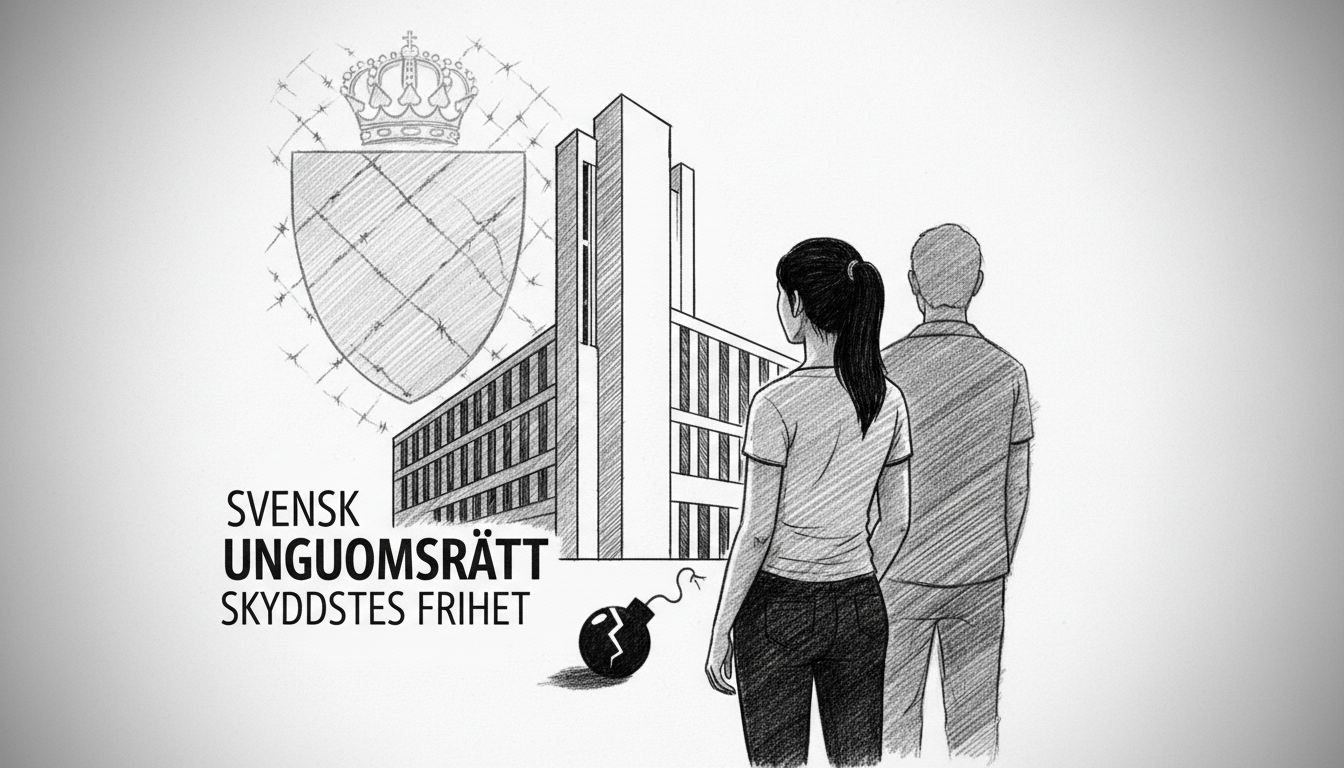Swedish authorities have taken a teenage girl into protective custody amid suspicions she planned a bombing. Officials acted under Sweden's LVU law, which governs compulsory care for young people. The girl faces preliminary suspicion of conspiracy to cause public destruction. Authorities allege the plot targeted Hallstahammar municipality or another Swedish location.
A man connected to the case remains in custody following a district court decision in Sundsvall. Both individuals deny all allegations against them. The suspected crimes occurred between October 13 and November 4 this year. Sundsvall's individual and labor market committee then ordered the girl's immediate protective custody.
Investigators discovered the teenager maintained ongoing contact with a criminal network. Social services described their intervention as urgent protection for both the girl and the public. They cited serious and immediate risks to her life and health as requiring immediate action. The administrative court confirmed the custody decision two weeks later.
Both the senior prosecutor leading the investigation and the girl's public defender declined to comment. They cited strict confidentiality requirements and the case's sensitive nature. Swedish law imposes severe restrictions on discussing ongoing youth investigations.
This case highlights Sweden's growing challenges with youth involvement in serious crimes. The LVU law represents one of the strongest tools available to social services when young people face extreme danger. Recent years have seen increased use of these measures as criminal networks increasingly recruit minors.
International readers should understand Sweden's unique approach to youth welfare. The system prioritizes protection and rehabilitation over punishment for young offenders. This philosophy reflects broader Nordic social welfare principles, though authorities face difficult balancing acts when dealing with severe alleged crimes.
The case raises questions about how effectively Sweden can protect vulnerable youth from criminal exploitation. It also tests the limits of the country's rehabilitative justice model when confronting potential terrorism-related activities. The outcome will likely influence future approaches to similar cases across the Nordic region.

